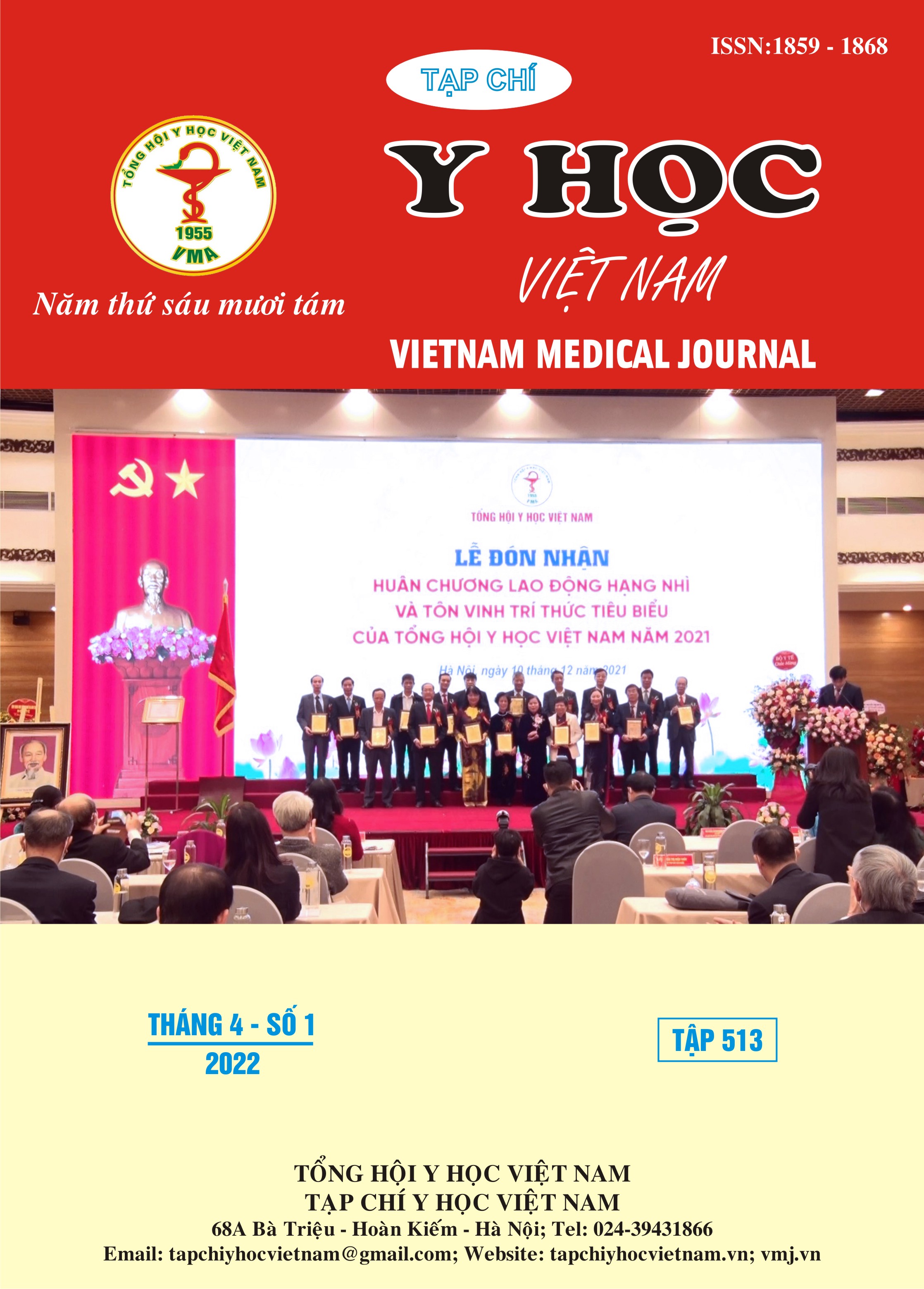ESTABLISHMENT AND ASSESSMENT OF A NON-INVASIVE PRENATAL TESTING PROTOCOL FOR MULTIPLE DOMINANT MONOGENIC DISORDERS
Main Article Content
Abstract
Background: Non-Invasive Prenatal Testing (NIPT) for common fetal chromosomal abnormalities is increasingly being used worldwide. Many recent studies have shown that NIPT using next-generation sequencing (NGS) is able to detect a wide spectrum of dominant Mendelian diseases. The continuous improvement of the NGS method in prenatal screening will significantly reduce the burden of congenital birth defects and improve the quality of the Vietnamese population. In this study, we develop a non-invasive prenatal procedure by NGS method to screen for common and serious dominant monogenic diseases, providing a more comprehensive screening than traditional NIPT. Objective: Establish and validate a non-invasive prenatal testing protocol for early detection of some common dominant monogenic diseases by determining the sensitivity and specificity of the test. Method: A total of 30 blood samples from singleton pregnant women over 9 weeks of gestation, together with paternal blood samples were collected. Cell-free DNA were extracted from plasma samples, barcoded, enriched and then analyzed for 30 targeted genes by the Nextseq 2000 next-generation sequencing system. (Illumina, USA). The variant calls from the cell free DNA were compared with variants detected on paternal and maternal genomic DNA (trios analysis) to calculate the analytical sensitivity and specificity of the test. Results: We identified 29 true positive variants and 8 false positive variants in 30 samples. In contrast, more than 3 million variants within the 30 targeted genes had been correctly determined as true negative (both parents were homozygous of reference alleles). One false negative variant was observed on paternal genomic DNA but not on the corresponding cfDNA sample. With these numbers, we therefore reported that the analytical sensitivity of our test is 96.7% and analytical specificity is >99%. Conclusion: We established a non-invasive prenatal testing protocol to screen for multiple single gene disorders with high accuracy. This is an important step towards expanding the scope of current noninvasive prenatal testing to detect a wide spectrum of dominant monogenic diseases.
Article Details
Keywords
NIPT, Next-Generation Sequencing (NGS), dominant monogenic diseases, de novo mutations, cell-free DNA
References
2. Nelson, William B., J. MICHAEL Swint, and C. Thomas Caskey. "An economic evaluation of a genetic screening program for Tay-Sachs disease." American Journal of Human Genetics 30.2 (1978): 160.
3. Brandt, Justin S., et al. "Advanced paternal age, infertility, and reproductive risks: a review of the literature." Prenatal diagnosis 39.2 (2019): 81-87.
4. Roberts, A. E., Allanson, J. E., Tartaglia, M. & Gelb, B. D. Noonan syndrome. Lancet 381, 333–342 (2013).
5. Nisbet, D. L., Griffin, D. R. & Chitty, L. S. Prenatal features of Noonan syndrome. Prenat. Diagn. 19, 642–647 (1999).
6. Krakow, D., Lachman, R. S. & Rimoin, D. L. Guidelines for the prenatal diagnosis of fetal skeletal dysplasias. Genet. Med. 11, 127–133 (2009).
7. Zhang, Jinglan, et al. "Non-invasive prenatal sequencing for multiple Mendelian monogenic disorders using circulating cell-free fetal DNA." Nature medicine 25.3 (2019): 439-447.
8. Chitty, L. S. et al. Non-invasive prenatal diagnosis of achondroplasia and thanatophoric dysplasia: next-generation sequencing allows for a safer, more accurate, and comprehensive approach. Prenat. Diagn. 35, 656–662 (2015).


